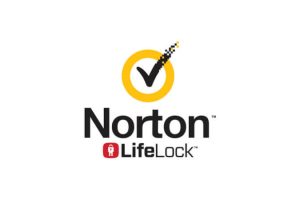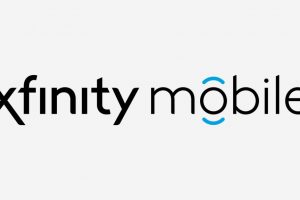One of the most frequently discussed financial topics at work lunch-room tables (and anywhere, really) centers around saving for retirement versus paying off debt.
Topics generally begin as questions:
“How much are your contributions to 401K?” And “Does your company offer matching contributions on your 401K?” (If applicable).
Answers provided usually don’t matter to the questioner, so I usually respond with another query such as, “That’s an excellent question; but why did you pose it?”
At first blush, many times people who ask this question are trying to decide between saving more for retirement or paying down some debt, whether auto loan debts, credit card bills or mortgage obligations are the problem.
No one should be taken aback that this question tops young professionals’ list. Many young professionals are in debt and have negative net worth. At the same time, they are contributing to 401Ks/IRAs for the first time ever; prioritization can sometimes be tricky and choosing how best to use additional income is often unclear – making life confusing in financial terms.
Sometimes the Answer Is Obvious (High Employer 401K Match)
Whenever this question comes up at my place of employment, the solution usually seems obvious to me.








+ There are no comments
Add yours